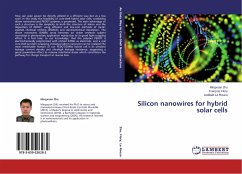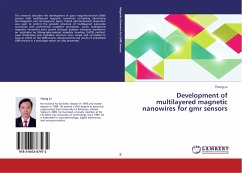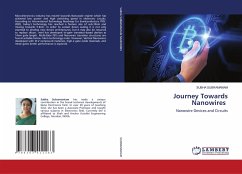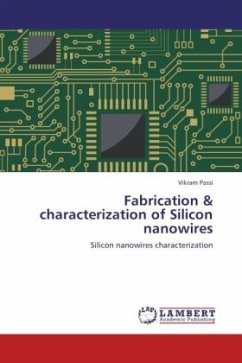Comprehensive numerical model is developed to investigate the characteristics of FWM in silicon nanowire waveguides. The model is based on a set of coupled nonlinear Schrödinger equations describing the propagation of the pump, signal, and converted waveform through the waveguide. The effect of dispersion, free-carrier absorption, two-photon absorption, and state of polarization are taken into account. Analytical solutions are also deduced from the model under simplified conditions to get approximated description for the key roles played by various system parameters. Both numerical and analytical models are applied to four silicon nanowire waveguides, differ in their cross section dimensions, to assess their FWM-based wavelength conversion characteristics. The polarization-dependent parameters of these waveguides are included in the modeling. The effect of pump power, waveguide length, and wavelength shift on conversion efficiency are addressed in details. The investigation is carried further by simulating the performance of these wavelength converters in optical communication systems using Optisystem software.








